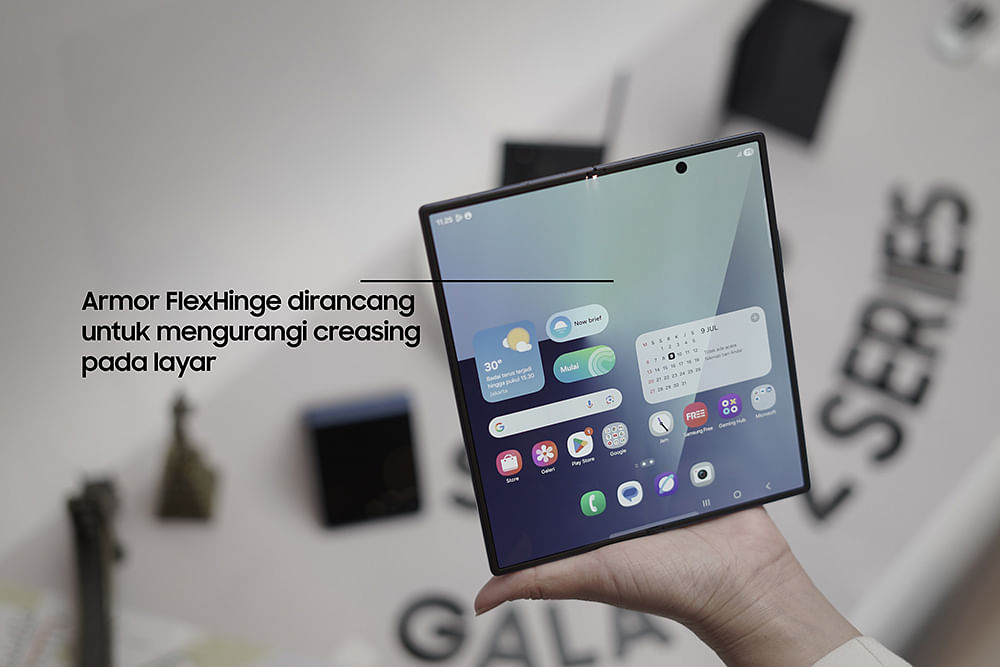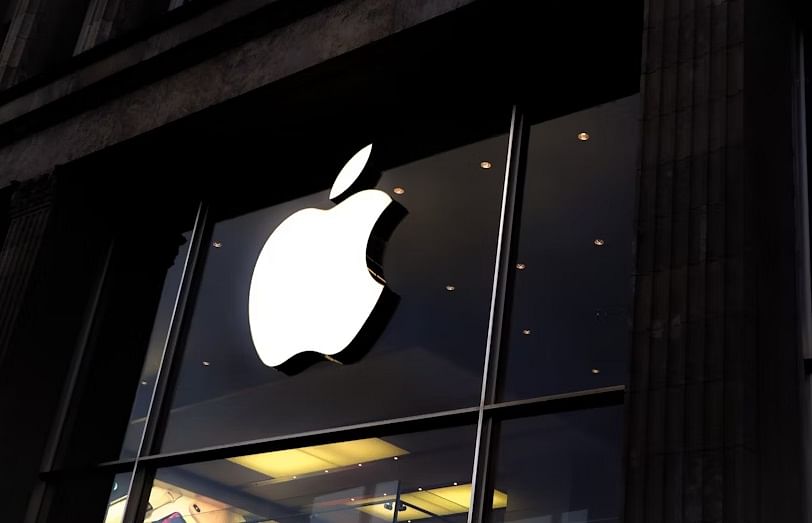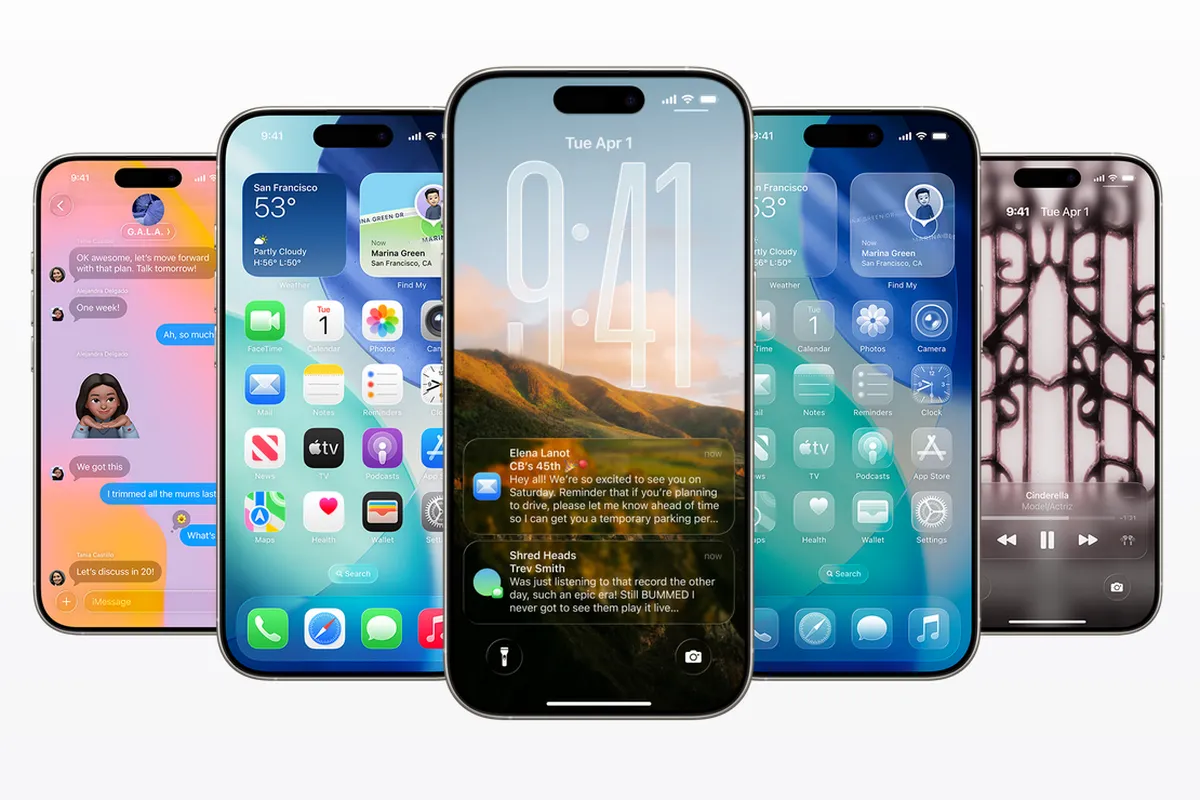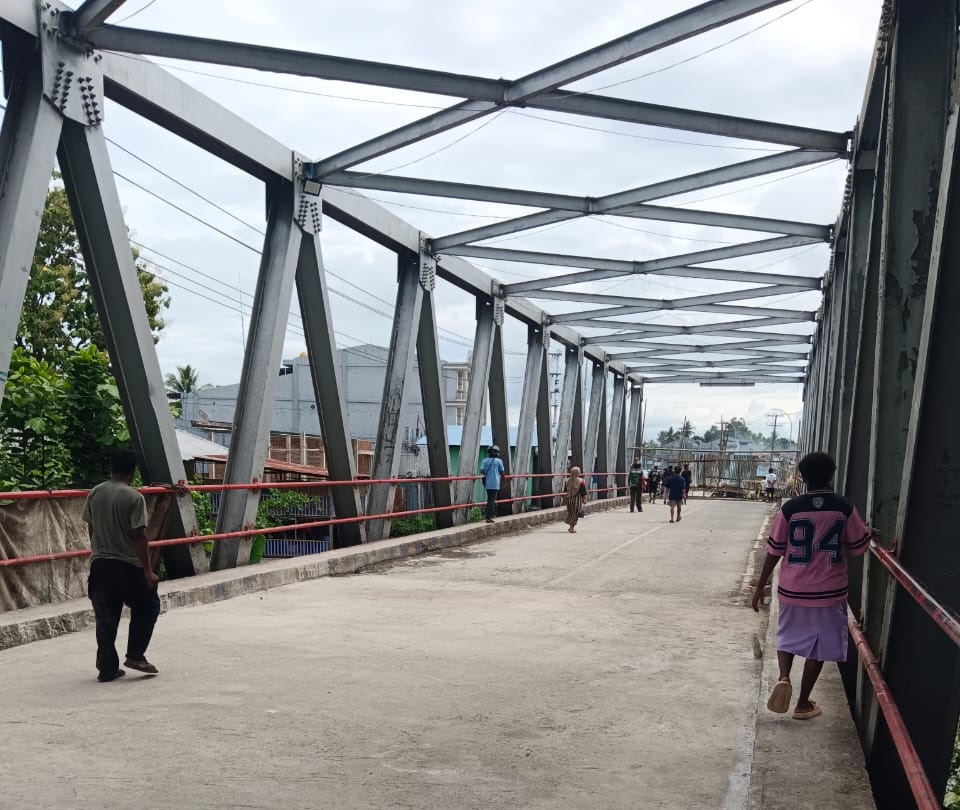Introduction
Technology shapes how we live, work, and connect. From the smartphones in our pockets to the cloud services that run businesses, technology evolves quickly and influences nearly every aspect of daily life. Understanding the core trends and practical implications helps individuals and organizations adapt, make better decisions, and take advantage of new opportunities. This article breaks down what matters now in technology, explains key developments, and offers actionable insights for readers at any technical level.
Key Points
1. Ubiquitous Connectivity
Explanation: Fast, reliable internet is becoming a basic utility. 5G, fiber-optic expansion, and improved Wi‑Fi standards (Wi‑Fi 6/6E/7) boost speeds and reduce latency.
Why it matters: Better connectivity enables real-time collaboration, higher-quality streaming, and more robust smart home and IoT deployments. For businesses, it supports remote work and cloud-first strategies.
2. Artificial Intelligence and Machine Learning
Explanation: AI models are getting more capable and accessible. From recommendation systems to generative AI, these tools automate tasks, extract insights from data, and create content.
Why it matters: AI increases productivity and can enhance decision-making, but it also raises questions about bias, transparency, and job displacement. Responsible use and oversight are crucial.
3. Edge and Cloud Computing
Explanation: Cloud computing remains central for storage and large-scale processing, while edge computing pushes computation closer to devices to reduce latency and bandwidth use.
Why it matters: The hybrid use of cloud and edge supports applications like autonomous systems, industrial automation, and responsive gaming experiences.
4. Cybersecurity and Privacy
Explanation: As systems interconnect, attack surfaces grow. Threats range from ransomware to supply-chain exploits, and data privacy expectations are rising globally.
Why it matters: Strong cybersecurity practices, encryption, zero-trust architectures, and clear privacy policies are essential for protecting individuals and preserving trust in technology.
5. Sustainability and Green Tech
Explanation: Energy-efficient hardware, smarter data center design, and software optimizations aim to reduce technology’s environmental footprint.
Why it matters: Sustainable practices lower operating costs, meet regulatory requirements, and align with consumer and investor expectations.
Practical Insights
For Individuals:
– Prioritize digital literacy: Learn basic cybersecurity hygiene (strong passwords, 2FA, software updates) and understand how your data is used.
– Stay adaptable: Familiarize yourself with emerging tools (AI assistants, collaboration platforms) to remain competitive in the job market.
– Balance convenience with privacy: Use privacy settings, consider alternatives for data-hungry services, and be selective about what you share.
For Small Businesses:
– Embrace cloud services for scalability: Use managed cloud offerings to reduce infrastructure overhead and focus on core business activities.
– Use AI for everyday tasks: Automate customer support (chatbots), streamline marketing (analytics and personalization), and improve operations with predictive insights.
– Invest in basic security: Regular backups, endpoint protection, employee training, and a simple incident response plan go a long way.
For Organizations and IT Leaders:
– Build hybrid architectures: Combine cloud and edge where it makes sense to optimize cost and performance.
– Prioritize ethical AI: Implement model governance, bias testing, and clear accountability for automated decisions.
– Measure sustainability: Track energy use, pursue more efficient infrastructure, and evaluate vendors on environmental impact.
Conclusion
Technology continues to accelerate, but its value depends on how thoughtfully we adopt and manage it. Ubiquitous connectivity, AI, cloud and edge computing, cybersecurity, and sustainability are shaping the near future. By focusing on practical steps—improving digital skills, securing systems, and choosing sustainable solutions—individuals and organizations can harness technology’s benefits while mitigating risks. Staying informed and adaptable is the best strategy in a landscape that never stays still.

 5 hours ago
3
5 hours ago
3















































